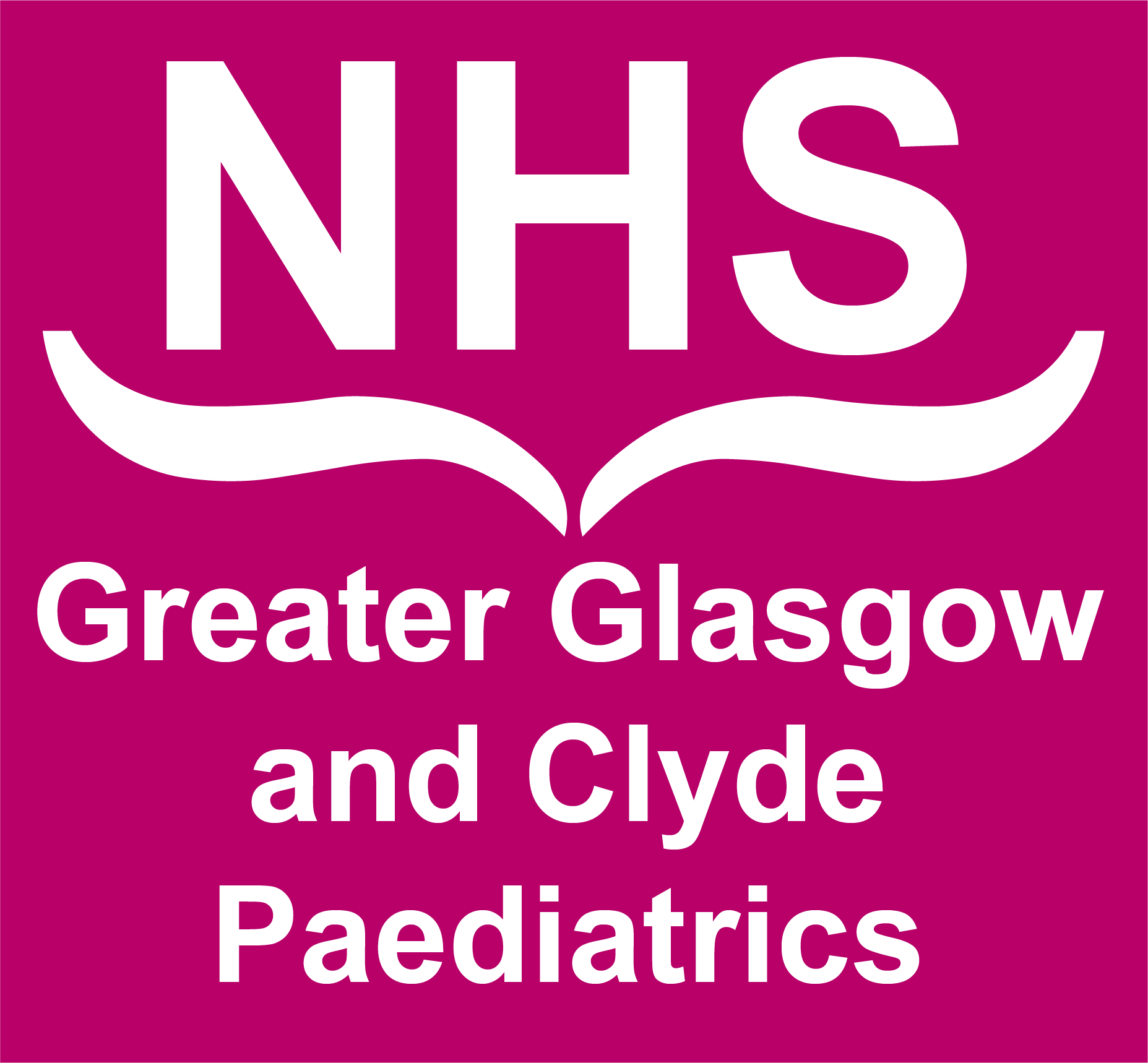Arbra, C.A., Oprisan, A., Wilson, D.A., and Ryan, R.M. and Lesher, A.P. (2018) Journal of Pediatric Surgery. 53 1187-1191.
Bell, M.J., Ternberg, J.L., Feigin, R.D., Keating, J.P., Marshal, R., Carton, L. and Brotherton, T. (1978) Neonatal Necrotising Enterocolitis Therapeutic Decisions based Upon Clinical Staging. Annals of Surgery. 187 (1) 1-7.
Brown, K.L., Ridout, D., Pagal, C., Wray, J., Anderson, D., Barron, D.J., Cassidy, J., Davis, PJ. Rodrigues, W., Stoica, S., Tibby, S., Utley, M. and Tsang, V.T. (2019) Incidence and risk factors for important early morbidities associated with pediatric cardiac surgery in a UK population. The Journal of Thoracic and Cardiovascular Surgery. 158 (4) 1185-1196.
Bull, K.E., Gainey, A.B., Cox, C.L., Burch, A.K., Durkin, M. and Daniels, R. (2021) Evaluation of Time to Resolution of Medical Nectrotizing Enterocolitis Using Severity-Guided management in a Neonatal Intensive Care Unit. Journal of Pediatric Pharmacology Therapy. 26 (2) 179-186.
Burge, K.Y., Gunasekaran, A., Makoni, m.M., Mir, A.M., Burkhart, H.M. and Chaaban, H. (2002) Clinical Characteristics and Potential pathogenesis of Cardiac Necrotizing Enterocolitis in Neonates with Congenital Heart Disease: A Narrative review. Journal of Clinical Medicine. 11 (3987)
Castillo, S.L., McCulley, M.E., Khemani, R.G., Jeffries, H.E., Thomas, D.W., Peregrine, J., Wells, W.J., Starnes, V.A. and moromisato, D.Y. (2010) Reducing the Incidence of necrotizing Enterocolitis in Neonates with Hypoplastic Left Heart Syndrome with the Introduction of an Enteral Feeding protocol. Pediatric Critical Care Medicine. 11 92) 1-5.
Cognata, A., Kataria-Hale, J., Griffiths, P., Maskatia, S., Rios, D., O’Donnell, A., Roddy, D.J., Ehollin-Ray, A., Hagan, J., Placencia, J. and Hair, A.B. (2019) Human Milk Use in the Preoperative Period is Associated with a Lower Risk of Necrotising Enterocolitis in Neonates with Complex Congenital Heart Disease. The Journal of Pediatrics. 215 11-16.
Deitch, A.M., Moynihan, K., Przybyski, R., Gauvreau, K., Braudis, N.J., Farr, B., Modi, B., Mills, K.I., Nathan, M. and Levy, P.Y. (2023) Risk Factors for Adverse Outcomes in Term Infants with CHD and Definitive Necrotising Enterocolitis. Cardiology in the Young. 25 1-9
Gill, E.M., jung, K. and Ellebaek, M.B. (2022) Antibiotics in the Medical and Surgical Treatment of Necrotising Enterocolitis. A Systematic Review. BMC Pediatrics. 22 (66) 1-10
Good, M. Sodhi, C.P. and Hackam, D.J. (2014) Evidence Based Feeding Strategies Before and After the Development of Necrotising Enterocolitis. Expert Review Clinical Immunology. 10 (7) 875-884.
Iannucci, G.J., Oster, M.E. and Mahle, W.T. (2013) Necrotising enterocolitis in Infants with Congenital Heart Disease: The Role of Enteral Feeds. Cardiology in the Young. 23 553-559.
Lau, P.E., Cruz, S.M., Ocampo., E.C., Nuthakki, S., Style, C.C., lee, T.C., Wesson, D.E. and Olutoye, O.O. (2018) Nectotising Enterocolitis in Patients with Congenital Heart Disease: A Single Center Experience. Journal of Pediatric Surgery. 53 914-917.
Oztas, T., Bilici, S. and Okur, M. (2023) Comparison of Cardiogenic NEC and Classical NEC in the Fouth Level Neonatal Intensive Care Center. Annals of Pediatric Surgery. 19 (16) 1-5
Pickard, S.S., Feinstein,J.A., Popat, R.A., Huang, L. and Dutta, S. (2009) Short and Long Term Outcomes of Necrotizing Enterocolitis in Infants with Congenital Heart Disease. Pediatrics. 123 (5) e901-e906.
Schuchardt, E.L., Kaufman, J., Lucas, B., Tierman, K., Lujan, S.O. and Barnett, C. (2013) Suspected Necrotising Enterocolitis after Surgery for CHD: An Opportunity to Improve Practice and Outcomes. Cardiology in the Young. 28 639-646.


